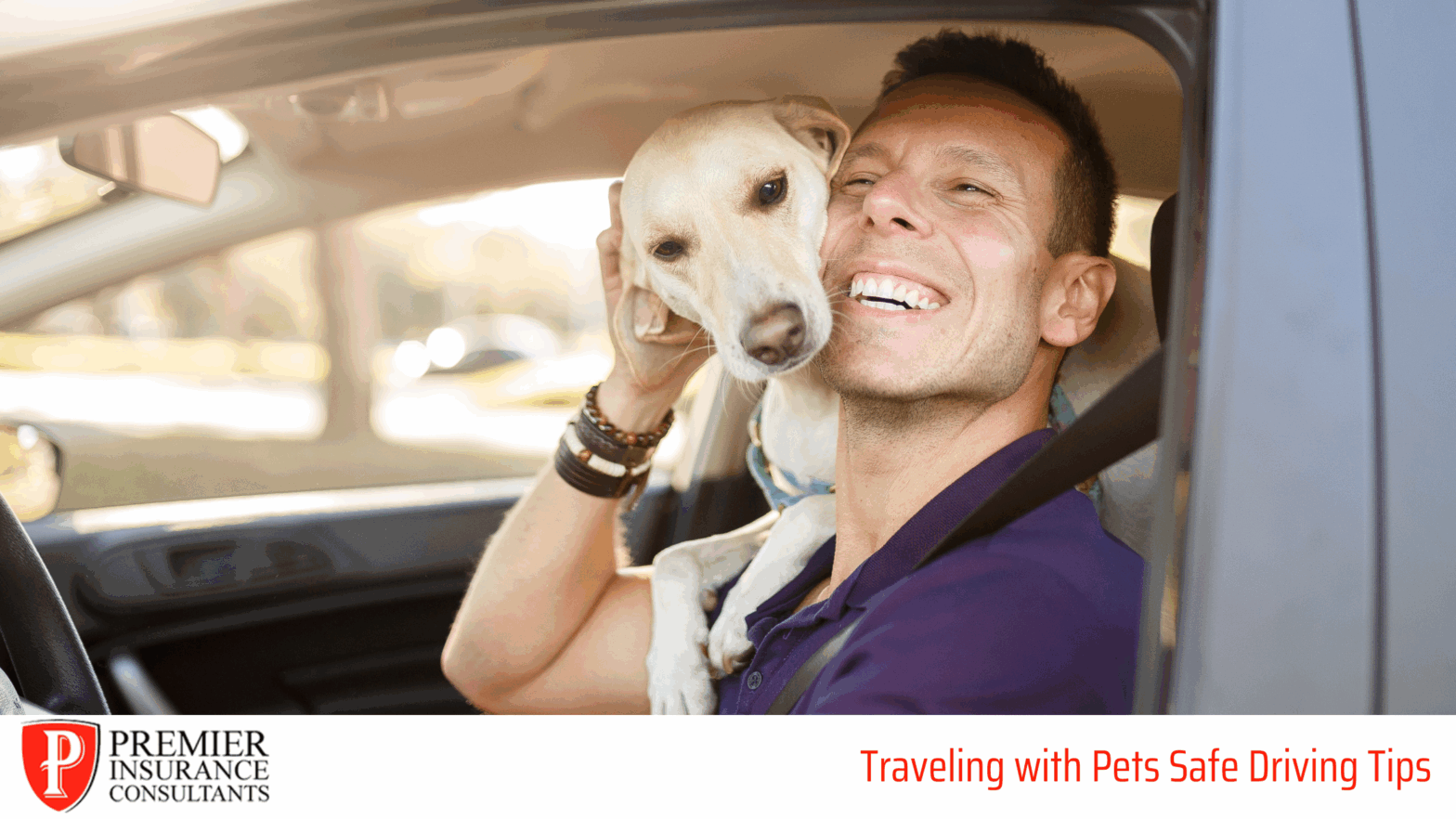Traveling with pets can be a delightful experience, but ensuring their safety during car rides is often overlooked. Just as we buckle up to protect ourselves, it’s equally important to take steps to safeguard our furry companions. This blog explores the essential practices for driving safely with pets, from proper restraint methods to legal considerations. By the end, you’ll be primed to make traveling with your pet safer for both them and everyone in the car.
The Importance of Pet Safety in Vehicles
Did you know that an unrestrained pet in a car traveling at 30 mph can become a projectile during a sudden stop or collision? Not only does this endanger your pet, but it also poses a significant risk to passengers. The necessity of pet safety in vehicles cannot be overstated. Keeping your pets secured protects them, reduces distractions for the driver, and complies with various pet travel regulations. Whether you’re running errands or planning a road trip, prioritizing safety ensures a smooth and worry-free experience.
Proper Restraint Methods for Pets
Carriers and Crates
Using carriers or crates is one of the most effective ways to protect your pet while driving. Here’s a quick look at their pros and cons:
Pros
- Safety: Carriers prevent pets from wandering around the vehicle. Sturdy models protect pets during sudden stops.
- Calming Environment: A familiar carrier can reduce anxiety for pets who find car rides stressful.
- Multi-Purpose: Many are airline-approved for travel versatility.
Cons
- Space Considerations: Larger crates may not fit comfortably in smaller vehicles.
- Pet Cooperation: Pets not accustomed to crates may initially resist.
When selecting a carrier or crate, look for crash-tested models and ensure they are well-ventilated and appropriately sized for your pet.
Seat Belts and Harnesses
For pets who don’t enjoy being confined to carriers, seat belts and harnesses are a great alternative. These restrain your pet while allowing them freedom of movement within a safe range.
How to Choose the Right One:
- Opt for crash-tested harnesses certified by safety organizations like the Center for Pet Safety (CPS).
- Ensure the harness fits securely but comfortably to avoid slipping or restricting movement.
Pet Barriers
Pet barriers are another effective way to secure your furry friend, especially for larger dogs. These physical dividers keep pets in the backseat or cargo area, helping prevent distractions while driving. Look for barriers that are specifically designed for your car make and model to ensure a snug fit.
Preparing Your Pet for Travel
Acclimating Your Pet to the Car
If your pet is unfamiliar with car rides, easing them into it is essential. Start by letting them explore the car while stationary. Gradually increase the duration of short drives. Reward them with treats and praise to create positive associations.
Dealing with Car Sickness and Anxiety
Some pets experience nausea or anxiety during car rides. To help with these issues:
- For car sickness: Avoid feeding your pet for a few hours before traveling. Consult your vet for motion sickness medications if needed.
- For anxiety: Use calming sprays, collars, or natural remedies like CBD designed for pets.
Necessary Supplies for a Comfortable Trip
Pack the essentials to ensure your pet’s comfort:
- Water and a portable bowl
- Favorite toys or blankets
- Waste bags
- Collar with ID tag and leash
- First aid kit
Driving Safely with Pets Tips
Avoiding Distractions While Driving
Minimize interactions that could take your eyes off the road. Distracted driving due to unrestrained pets is a common cause of accidents. Keep treats, toys, and other items within your pet’s reach to keep them occupied.
Maintaining a Comfortable Temperature
Cars can become dangerously hot or cold in a short period. Maintaining a moderate and comfortable temperature within the vehicle is crucial. During warmer months, never leave your pet in a parked car, even with the windows cracked.
Planning Frequent Breaks
For longer trips, plan breaks every 2-3 hours to allow your pet to stretch, hydrate, and relieve themselves. Ensuring they’re comfortable makes the trip more enjoyable for everyone.
Legal Considerations for Pet Travel
Overview of Pet Travel Laws
Laws governing pet safety while driving vary by state. Some jurisdictions mandate that pets must be secured using a harness, carrier, or barrier. Additionally, laws against distracted driving may penalize drivers if pets are roaming freely inside the car.
Consequences of Unrestrained Pets
Failing to restrain your pet not only increases the risk of injuries during accidents but can also result in fines, impoundment, or even higher insurance rates. Ensuring compliance with these regulations protects both your pet and your finances.
Create Safe and Memorable Journeys
Driving with pets can be a wonderful bonding experience, but their safety should always be a priority. By following these steps for proper restraint, preparing your pet for travel, and staying mindful of driving practices, you’ll ensure every trip is both safe and enjoyable.
Before hitting the road, make sure you’re also covered with the right insurance. Contact Premier Insurance Consultants of Greenville to check if your auto policy covers pet-related incidents and gain peace of mind while traveling.
Protect everyone on board, including your furry companions. Reach out to us today!
Disclaimer: Please note that this article is not expert advice. Limitations and conditions may apply. Please check with your local Independent Insurance Agent for details.




